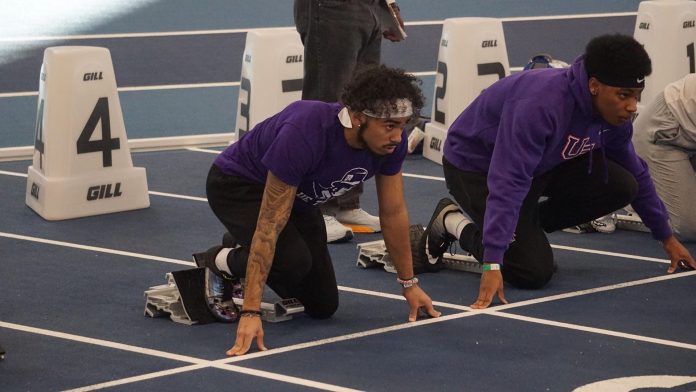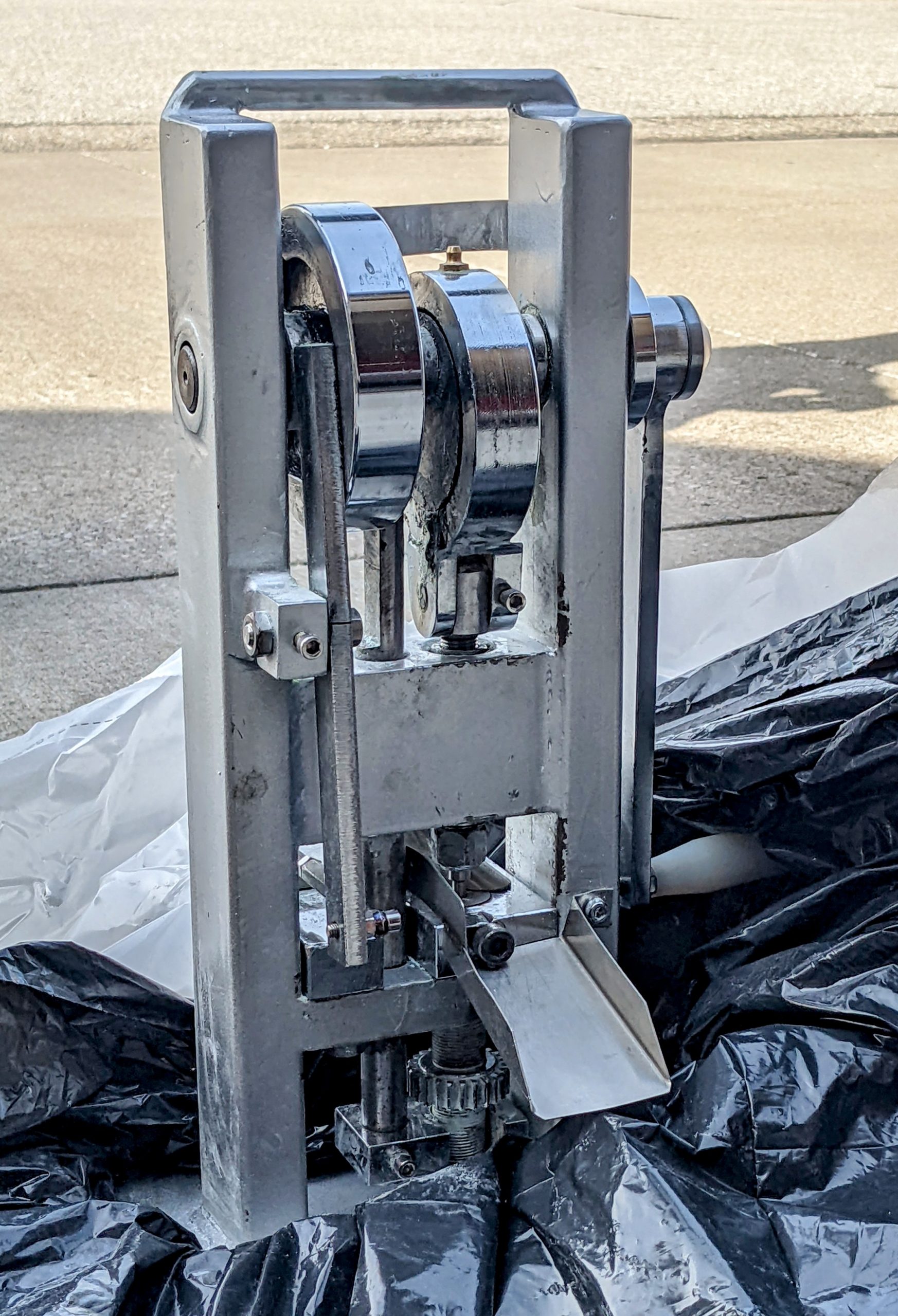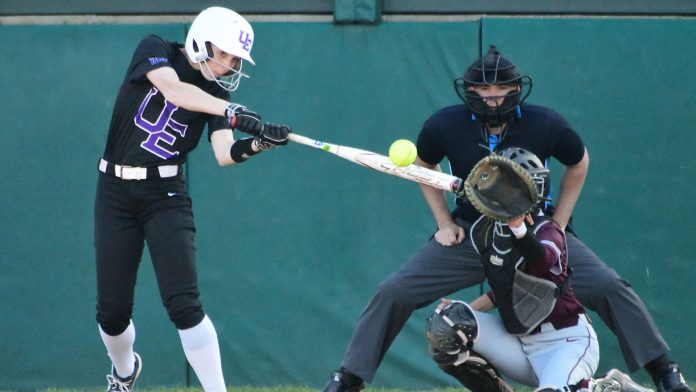INDIANAPOLIS—Indiana has been shedding trees for the past few decades.
A recent report published by the Indiana Forest Alliance details the decline of Indianapolis’s tree stock, and experts say the city’s data is representative of the state overall.
Trees are a valuable resource to Hoosiers. The total value of Indiana trees is about $258 million, and forestry is the sixth largest manufacturing industry in the state.
But forest coverage has dropped significantly since the 1800s. Eight-seven percent of Indiana’s land was forested prior to European settlement, but that dropped to less than 10% by 1900.
Timberland has since climbed to just over 20%, where it stands now.
Indiana Forest Alliance director of conservation Rae Schnapp said there were consequences when people cut down most of Indiana’s trees before entering the 20th century. For example, there was soil erosion that polluted waterways.
“Many species can’t breathe because the silt will clog their gills and smother their eggs, so it really affected the aquatic ecosystems a lot,†Schnapp said.
Today there are more trees than there were in the early 1900s, but forests are somewhat scarce in the northern half of the state. Schnapp said residents there often only see “ribbons†of forests, referring to those that cling to the sides of rivers and flood-prone areas.
But it’s not just northern Indiana. Most areas of the state are losing trees.
The Indiana Department of Natural Resources’ Indiana Forest Action Plan of 2020 quantifies the volume of trees that the state has lost, broken down into county data. From 2001 to 2016, the state lost just under 42,000 acres of timberland. The sharpest deforestation occurred in Lake County, home of Gary, which lost nearly 2,000 acres or 7.7% of its forestland. Following in its footsteps were Hamilton, Marion, Porter, and Gibson counties.
Indy’s surface area is a patchwork of parking lots, neighborhoods, buildings and isolated forests. There are 4,300 pockets of trees of one acre or larger, according to the IFA report.
Some of the forest coverage can be attributed to Eagle Creek Park and Fort Harrison State Park, which together cover nearly nine square miles of the city.
But 85% of the city’s forests are privately owned, so they aren’t protected from development in a governmental way.
Tree clearing earlier this year for Westfield’s Lantern Commons project has frustrated some local residents, some of whom consider it to be an eyesore. The site is planned to be a mixture of residential and retail buildings, and there are plans for new trees incorporated as part of the landscaping.
Trees provide local residents with benefits: They clean the air and water, reduce flooding damage, elevate property values and keep the city cool. The report finds that areas that lack trees are the hottest, which can be a problem in the summer.
In urban environments, a park can serve as a forested oasis in a desert of imperviousness. Yet less than 5% of Marion County’s land is covered by parkland, meaning that only a third of Indy residents can walk to a park in less than 10 minutes.
When a place is within a 10-minute walk of someone’s home, that typically means it’s accessible, Schnapp said. That’s a challenge in Indy, but it’s not impossible, she added.
“Indianapolis is kind of an unusual city because the land area is huge,†Schnapp said. “It’s much more spread out than a lot of other cities with a similar population size.â€
The parts of the city that are most in need of parks are the fringe areas around I-65, such as Speedway, Lawrence, and Southport.
Is Indiana’s 20% Forest Coverage Enough?
Tim Maloney, Hoosier Environmental Council senior policy director, said it’s not ideal.
“What we have now is not enough, and we need a sustained, statewide effort to protect more forestlands,†Maloney said. “Particularly, we need to protect and restore forests in our metropolitan areas where we’re seeing the most loss of forestland.â€
But how does a population go about reforesting its land?
Maloney said it takes careful planning as well as a community commitment to resolve the issue.
Maloney said cities’ checkerboard assembly of forests is functional, but some connectivity usually helps. Continuous stands of trees are always the best scenario, he continued; connecting trail and stream greenways to small patches of forests can provide some solace to humans and wildlife alike in the absence of large swaths of forests.
“There are going to be some limitations in urban areas on how well you can do it, but that doesn’t mean you shouldn’t strive to have bigger areas,†Maloney said.
When people lose their forests, Maloney said, they lose the ecological “services†that trees provide, such as the sequestration of carbon, the stabilization of the land, and the cleansing of the water supply.
People also lose their land’s biodiversity with the loss of trees. Forest-dependent animals such as elk, bears, mountain lions, and bison have all departed their Indiana zip codes, he added.
“A lot of animals are basically gone from our landscape because they lost their habitat,†Maloney said.
Maloney said private owners’ property rights have to be managed with sustainability initiatives. Thus, forest preservation should be incentivized to private landowners, he said.
While farmers can be compensated for engaging in best-management practices relating to agriculture, there are fewer rewards for good stewardship of timberland. Most subsidies in the state benefit crop production.
While Hoosier property owners can receive a property tax reduction if they promise to preserve a forest under the Classified Forest and Wildlands Program, Maloney said there are few laws to preserve forests on private land. This possibility, he said, should be pursued while still ensuring property owners’ rights.
“If it’s in public ownership, it may be managed for timber on certain public lands, but it’s still going to be forestland,†Maloney said. “You have that assurance.â€
Over the years, the Indiana DNR has increased the volume of trees it sells to loggers. 2015 sales were six times higher than those of two decades prior.
The Indiana DNR’s counterclaim is often that logging is good maintenance of the land because it allows new trees to grow, but she said that doesn’t make sense because logging is unnatural and unneeded.
The Indiana DNR did not respond to two requests for an interview.
“They’re literally saying that they need to manage the forest, that forests require management in order to remain healthy. We don’t buy that. The forests have been surviving for eons without human management,†Schnapp said.
The IFA has called Hoosiers to oppose upcoming logging plans in Owen-Putnam State Forest. It has also organized protests to combat logging there over the past few years.
Schnapp said the Owen-Putnam State Forest logging is concerning because southern Indiana is the state’s best chance of preserving old-growth forests. She said it’s not a lost cause, and Hoosiers can enjoy these forests if they use a hands-off management approach.
Schnapp said money is a large component of why the DNR’s logging has increased in the past few decades.
She said the IFA laments the timber sale that occurred in Salamonie State Forest, as it’s one of the few patches of forest remaining between Kokomo and Fort Wayne.
“These are our forests, and they’re supposed to be managed for mixed-use, but also it’s supposed to be managed for the benefit of future generations,†Schnapp said. “We just think there should be some areas of the state forests that are not disturbed.”
FOOTNOTE: Isaac Gleitz is a reporter for TheStatehouseFile.com, a news website powered by Franklin College journalism students. Â









